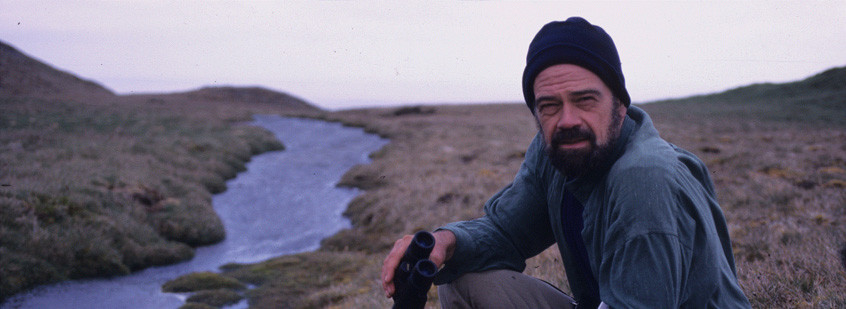Tim Low’s latest book Where Song Began – Australia’s birds and how they changed the world has been credited with ‘turning the map upside down’, dashing upon the rocks of our shores the orthodoxy that the world’s cleverest birds must have had their genesis in the northern hemisphere. Bringing together a decade of research, the book has surprised many casual bird observers by tracing the ancient lineage of songbirds and parrots, among others, to our fair isle and revealing just how influential they are on the landscape. The much-lauded text also offers explanations as to why our birds are quite so squawky, aggressive and socially complex. It turns out the infertility of our soil and lack of harsh winters has allowed nectar-loving birds (and bats) to evolve that fiercely battle each other for food sources and busy themselves with colony politics in ways that other continents’ season-ruled, insect-munching birds do not. “Natural history in Australia is traditionally very inward-looking because there is this cultural cringe factor that our mammals look puny compared to those in Africa or even Europe, but if you compare the birds we come out very well, ” Tim explains. “The cassowary is the world’s third biggest bird for example, and I’ve followed one as it wandered along the edge of a cane field and stopped to eat wild cumquats near Innisfail – it’s exciting to be near a bird big enough to count as dangerous.”
 The lyrebird, that great imitator known to pass the skills for a particular call down the generations from father to son, and the white-winged chough, with its penchant for kidnapping and forcing into slavery the young of other birds, are two of the species atop Tim’s list for further study. Then there’s the wandering albatross, thought to sleep on the wing for years away from land and which he has watched “for days and days on end, seemingly so calm in amazingly wild weather”. He says: “You think 10,000 words for a book is a lot but only a tiny fraction of what you discover makes it in.”
The lyrebird, that great imitator known to pass the skills for a particular call down the generations from father to son, and the white-winged chough, with its penchant for kidnapping and forcing into slavery the young of other birds, are two of the species atop Tim’s list for further study. Then there’s the wandering albatross, thought to sleep on the wing for years away from land and which he has watched “for days and days on end, seemingly so calm in amazingly wild weather”. He says: “You think 10,000 words for a book is a lot but only a tiny fraction of what you discover makes it in.”
Much of Tim’s work, including Feral Future (1999) and The New Nature (2003), explores the opportunism and adaptation of different species in urban environments and our co-evolution with them. Understanding the habits of birds in particular, he suggests, can change your idea of beauty and enrich your daily life. He says: “I’m trying to make people more attuned to the birds around them and take a more ecological view rather than an economical one. It’s like the difference between only knowing a couple of the neighbours on your street and knowing all of them.” He adds: “By tapping into nature I have a broader sense of ‘community’ than most people, and that grounds me, makes me happier and creates a friendly environment for me when I’m in the bush.” Having written at length about everything from bushtucker to reptiles to mammals to climate change, you might expect Tim to be a chatterbox bushwalking companion, but he says he’s usually ‘the laconic Australian’ trying to take in everything around him.
Not all everyday interactions are positive of course. “The bush turkeys are giving me hell creating huge holes in the lawn, you’d think dogs would stop them!” he says. Then there are the gangs of noisy miners, “the most aggressive bird on Earth”, attacking ducks, dogs and even cows for territory, and bellbirds killing off entire forests as they exclude the smaller birds responsible for keeping leaf-eating insects in check. Let’s not even mention the magpies trying to peck out the eyes of children.
For Tim, the concept of wilderness is unhelpful in that it negates the role humans had long before European settlement and must continue to have in managing Australian habitats. This means seeing carpet pythons and ringtail possums in a Brisbane backyard or a peregrine falcon soaring between the skyscrapers of Melbourne can give us hope, even if it does force us to be actively involved in nature…
…read the complete profile in Wild issue 143.


